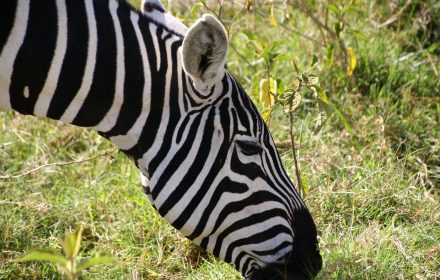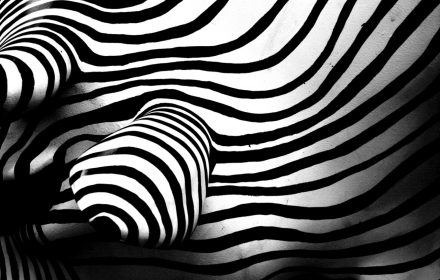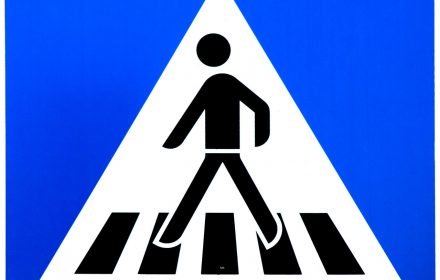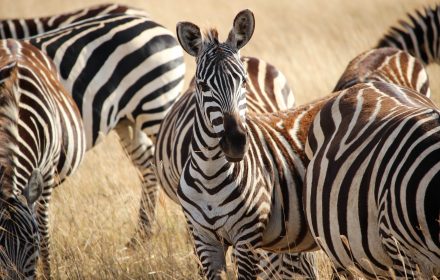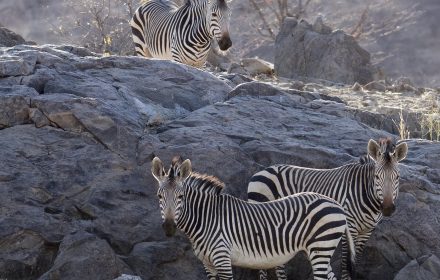Many Kenyan tales are told of zebrasto explain their unique behavior or looks. Some of the well-known ones are the fascinating stories of how they got their stripes. There are several variations of it. They are all Kenya legends originated from the Bushmen. One of them overlaps with how baboons developed a colorful bottom. The second one with how turtles got their hard shells. And the third one is an amusing story of how a naughty young zebrapainted itself black. So, how did the zebra get its black and white stripes, or is it black stripes on a white coat?
August 15, 2023
Zebra is a majestic wild animal. Most of its symbolism comes from Africa. Zebra has a deep meaning in shamanism, African tribal traditions, psychological sciences and many other religions. Even today it is used to denote the symbolic meaning of it. So, for what does it stand? A zebra animal symbol represents community, freedom, balance, and individualism. Why does it stand for them? For that, it is rather important to delve into a more meaningful discussion about why zebra stands for these characteristics. Otherwise, it would amount to nothing more than superstitions and myths made up by our ignorant ancestors.
Zebra crossing goes back several decades. It was born on the 31st of October, 1951 in Slough, Berkshire in England. The increase in traffic on British roads meant that fatalities from accidents were high. One of the reasons for the high road incidents was that the pedestrians were not familiar with cars. The other reason was that in those days, street crossings had metal studs that were easy to spot for the pedestrians but not so much for the motorists. The accidents warranted a need for safer ways to cross the roads. Hence, a more visible pedestrian crossing was needed.
30th and 31st January 2016 saw the carrying out of a herculean initiative. For the first time Kenya undertook a citizen science-based census of Grevy’s zebras, a beautiful and endangered species found nowhere else in the world. The Great Grevy’s Rally was its name. The Laikipia Wildlife Forum and the Grevy’s Zebra Trust spearheaded it. The main collaborators were Lewa, The Kenya Wildlife Service, Northern Rangelands Trust and community conservancies, Marwell Wildlife, county governments of Laikipia, Princeton University, and the Isiolo, Marsabit, and Meru counties. On the 3rd September 2016 at the Great Grevy’s Ball in Nanyuki the results were released.
Mountain zebra is a haunting icon of Africa. It is the most social species of all the zebras and are grazers like other zebras. They are mainly active early in the morning and late afternoon. They visit mineral licks, especially during the summer. But unlike other zebras they have a distinct feature. It is the presence of dewlap on the throat or a square flap of skin. Their pointed ears reach 8 inches in length and their manes of short hair stand upright from their necks. Mountain zebras take part in mutual grooming and usually take a dust bath daily.

